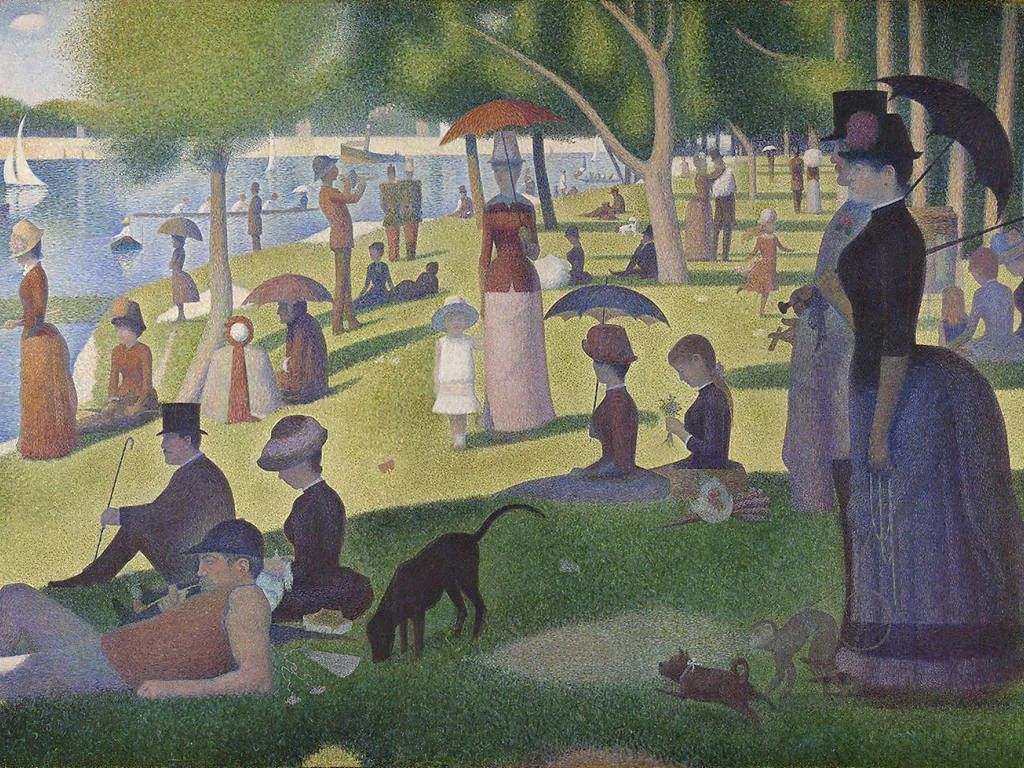Georges Seurat, A Sunday Afternoon on the Island of La Grande Jatte, 1884–1886 by ⏷
- View more from collection
- Copy link to this page
- View on Zora
- View on Zora Block Explorer
- Refresh edition metadata

IMAGE
1024x768 2.2MB
May 05
0x6bab
Georges Seurat’s masterpiece, evoking the Paris of La Belle Epoque, is actually depicting a working-class suburban scene well outside the city’s center. Seurat often made this milieu his subject, which differed from the bourgeois portrayals of his Impressionist contemporaries. Seurat abjured the capture-the-moment approach of Manet, Monet and Degas, going instead for the sense of timeless permanence found in Greek sculpture. And that is exactly what you get in this frieze-like processional of figures whose stillness is in keeping with Seurat’s aim of creating a classical landscape in modern form.
Read more
📶 1 comment • 9,500 est. $enjoy tips
May 10
zohrehfakhri
9500 $Enjoy
✧
See all comments